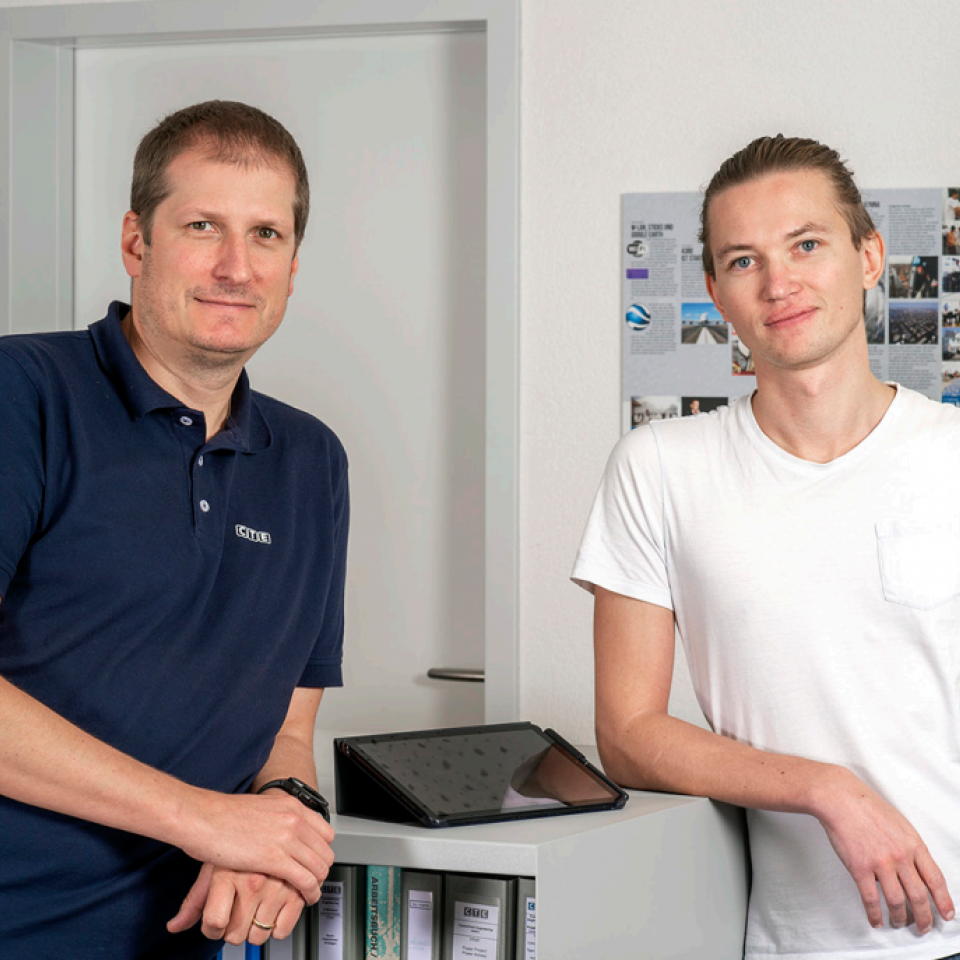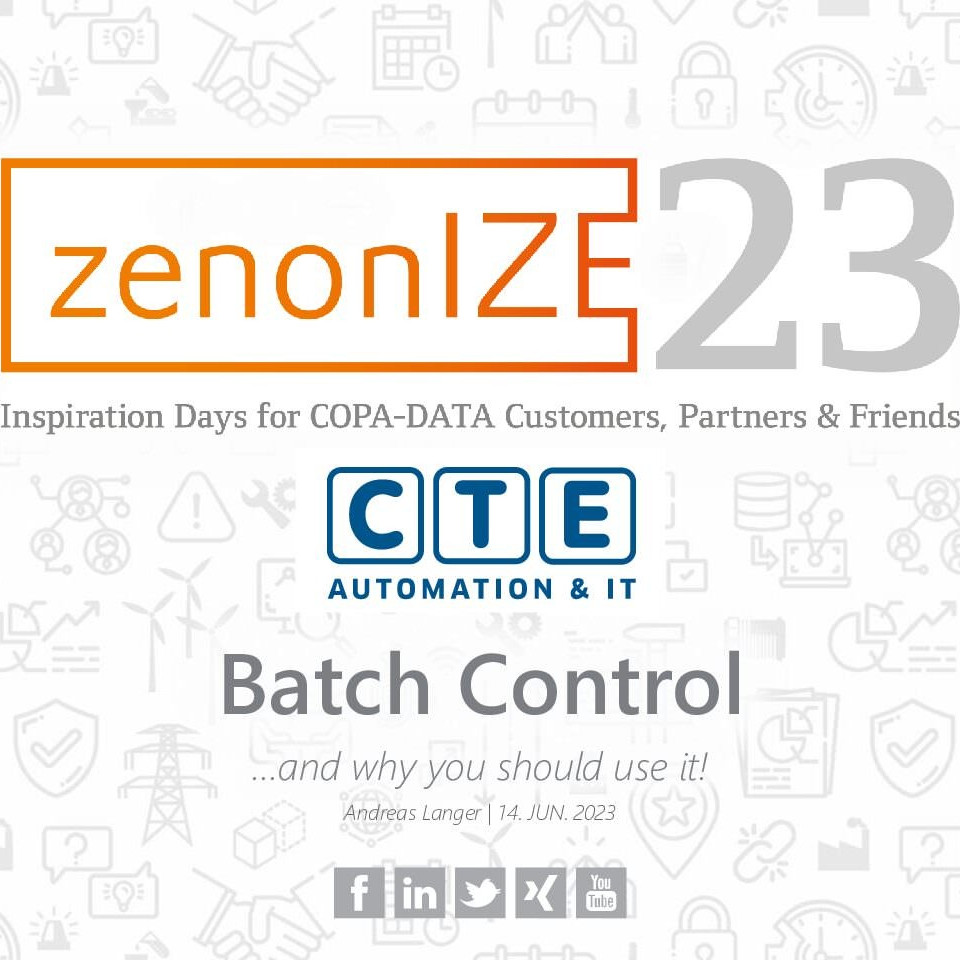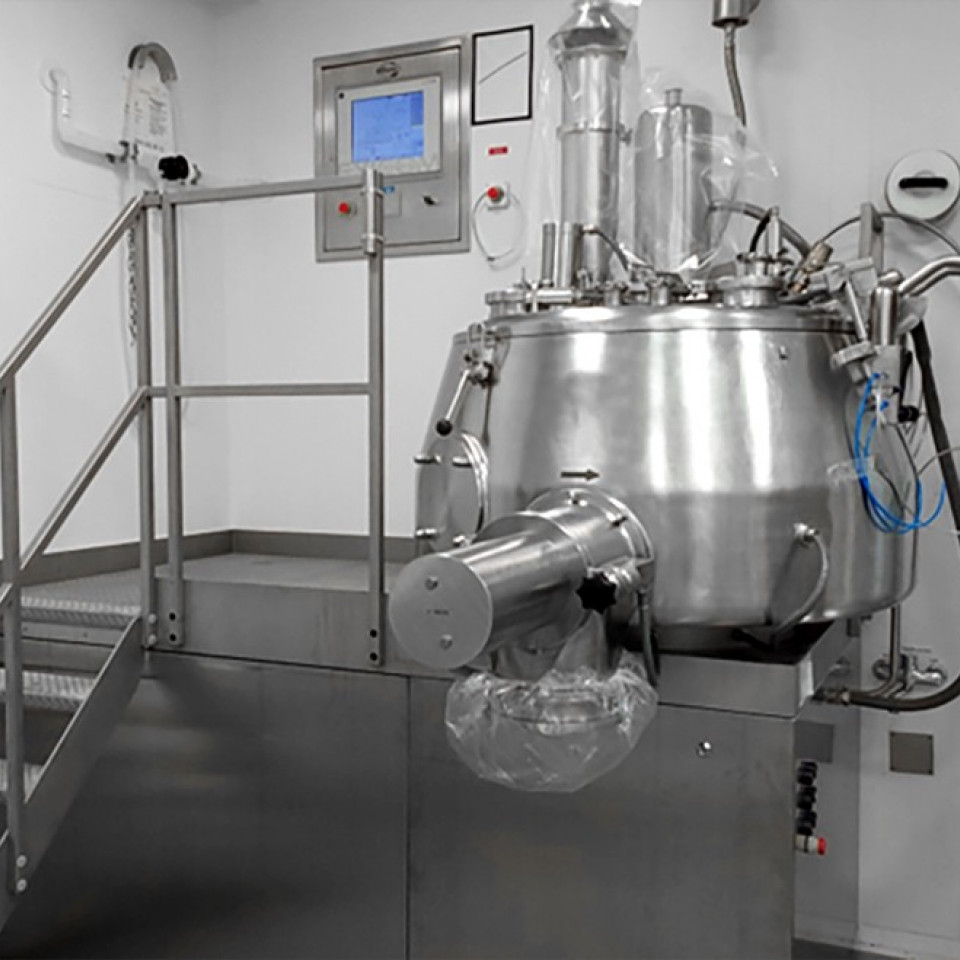Freelance virtualised: How (available) would you like it?
Whether replacing dozens of process stations with a redundant server environment with central management or clear monitoring while simultaneously increasing availability: there are many reasons why virtualising an ABB Freelance system is worthwhile. We show you what options are available to you and why a Freelance upgrade to version 2019 is recommended in the course of virtualisation.

Around ten years after a wave of virtualisation gripped and revolutionised office IT, it is now rightly spreading to OT, i.e. automation systems. The advantages are obvious. A large number of systems, such as engineering and operating stations, can be run centrally in a server structure as a VM, and this is hardware-independent and cost-effective. Advantages:
- Central administration
- Less maintenance
- More efficient hardware utilisation
- Hardware replacement without interruption
- Central backup solution
- Engineering and test environments can be deployed very quickly
Freelance + Virtualisation = Freedom
The "Freelance" process control system is still highly recommended. Relatively simple and very robust, it fulfills its purpose as the central control level for distributed systems. A small disadvantage is the lack of redundancy at PC level - however, this can be almost compensated for in combination with virtualisation. Which is better?
Over the past 30 years, CTE has designed, planned and implemented a number of SCADA and control systems. Products from Siemens, ABB, Emerson, GE Fanuc, Rockwell and Copa-Data have been used. More important than the question of whether one is better than the other is what the requirements are and how the system can be planned and implemented. Even the best control system can end up in chaos if it's not planned properly. On the other hand, a structured SCADA project can provide a customer and their system with exactly what they need.
Variants of the cluster structure
High availability clusters (HA clusters) are needed to run the system in a fail-safe manner. Whether "VMware vSphere" or "Microsoft Hyper-V", both manufacturers support the most important functionalities of a cluster: HA, live migration and automatic load balancing. In an HA cluster, the virtualised systems are not executed simultaneously on both hosts, but are restarted on another available host in the event of a failure. Restarting the machine results in a short outage of a few seconds. It is also possible to run a VM on two hosts simultaneously as a Fault Tolerant (FT). However, this solution is associated with high hardware and license costs on the one hand and does not protect against a system error on the other. It is therefore rarely recommended from a cost-benefit perspective.
Quite traditional
The minimum solution for an HA cluster consists of two hosts and a central storage (see Fig. 1). In the best case scenario, the storage hardware is designed to be completely redundant so that if a component fails, the VMs on the hosts can continue to run. With this variant, one cluster host is allowed to fail and the VMs are restarted on the second host. However, if the shared storage fails completely, VMs can no longer run on the hosts.
Even smarter
Another variant is a modern hyperconverged HA cluster, which no longer uses traditional storage, but combines the local disk in the individual hosts into a logical volume with the desired reliability (see Fig. 2). A major advantage of this solution is that the entire central storage can be dispensed with. Thanks to the local disks in the hosts, there is no longer a "single point of failure". One component can fail completely, regardless of which one. However, this variant requires at least three hosts and a 10G network.
Even more independent
The premium version with full site redundancy consists of a hyperconverged HA cluster with at least four hosts. The failure of a single host or even an entire site is automatically intercepted by the cluster and the VMs are available again within a short period of time. Central and cross-location services can thus be provided regardless of location. At the same time, the VMs can be brought close to their assigned field components in order to create cells that are more independent of external circumstances.
However, PLEASE NOTE!
Clustering 'only' protects against the failure of individual hardware components, but not against software problems. Targeted monitoring of the relevant systems is therefore important for such infrastructures, in order to provide immediate alerts in the event of redundancy failures and to proactively counteract problems that can be identified in good time. Clustering also fails to protect against changes like reconfiguration, deletion, or encryption within a VM. However, the cluster consistently manages these actions across all instances. A professional backup solution is therefore always worth its weight in gold.
CONCLUSION - When is something worthwhile?
Despite all the advantages, virtualisation is often a question of cost. If many operator stations can be replaced, the acquisition costs of the server structure are already lower than the costs of the individual hardware. However, if the reduced maintenance costs and higher availability are also taken into account, the decision is often made in favour of virtualisation even if the hardware costs are somewhat higher. When replacing a small number of clients, we believe it should be carefully considered whether virtualisation is worthwhile. After all, the greater complexity of the system landscape should not be underestimated. Unless the servers already exist or are to be used for additional tasks. It's up to you to decide which option to choose.
Combination with Freelance Upgrade
In addition to new hardware and optimised user operation, Freelance 2019 offers two new features in particular, which can be very helpful. Firstly, up to four monitors per operating station are now supported and secondly - particularly useful in connection with virtualisation - the user administration can be connected to the Windows domain controller.


